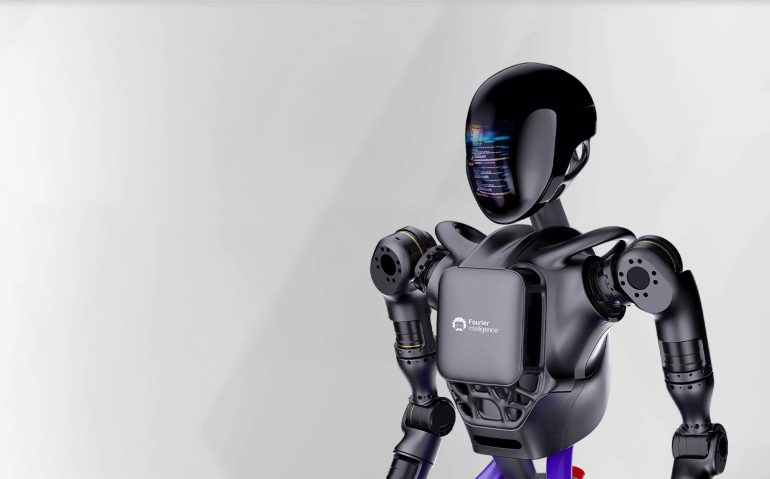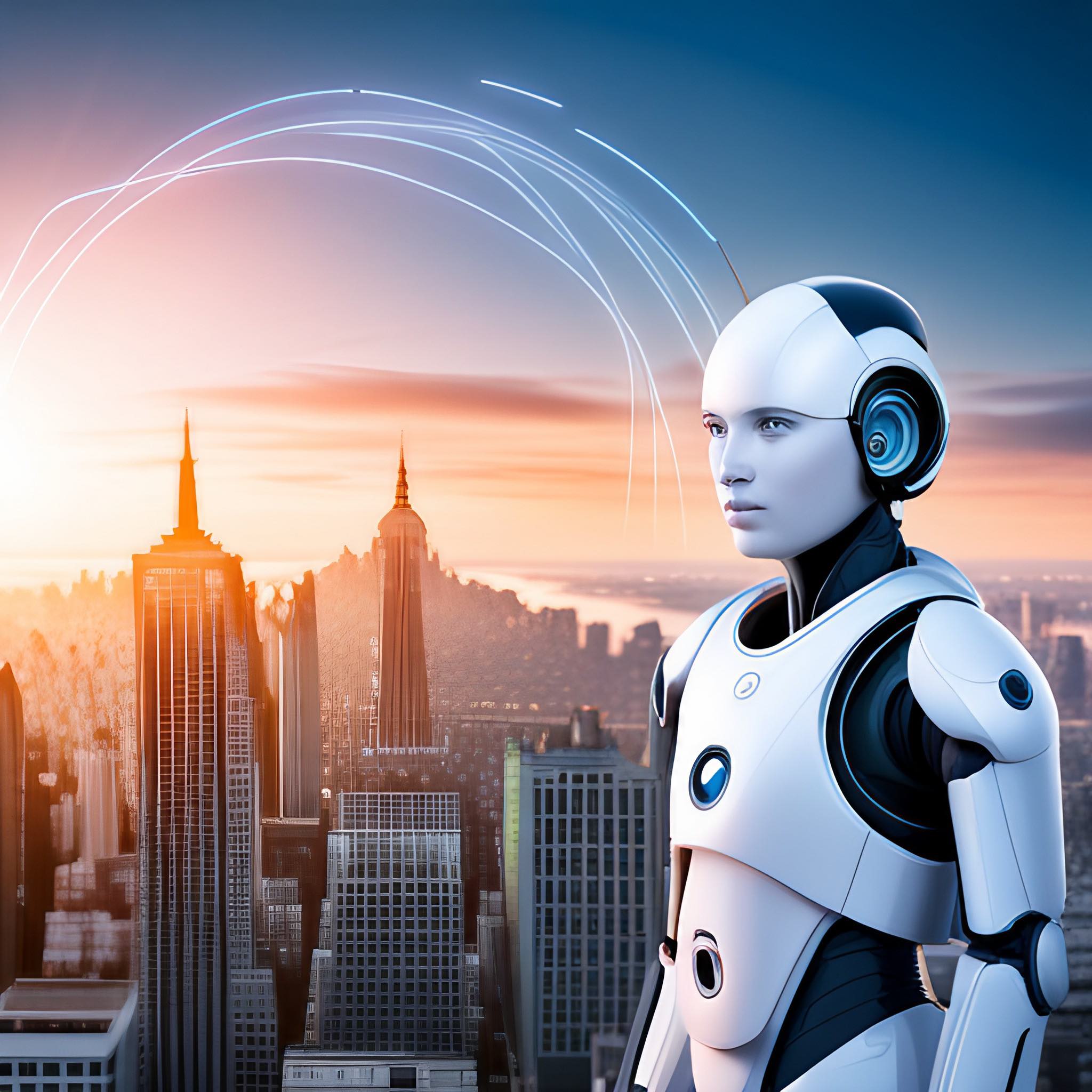Amid an AI-driven technology renaissance, Fourier Intelligence, a Shanghai-based pioneer, has recently made headlines by unveiling its humanoid marvel, GR-1, at the World Artificial Intelligence Conference (WAIC) in Shanghai. But who is Fourier Intelligence, and why does its lanky, jet-black humanoid robot matter in the global robotics landscape?
From Rehabilitation to Humanoids
Infused with the spirit of innovation and a commitment to excellence, Fourier Intelligence has been a trailblazer in rehabilitation robotics since its inception in 2015. Named after the iconic 19th-century French mathematician Joseph Fourier, the company has been on a relentless quest to redefine rehabilitation solutions. With a slew of products ranging from smart exercise bikes to wireless robotic gloves, Fourier has already made its mark on improving the quality of life for many.
Founder and CEO Alex Gu, a Shanghai Jiao Tong University graduate, had always harbored a dream of creating a humanoid robot. A vision that led to the conception of GR-1 after Fourier’s tremendous success in medical rehabilitation technology.
Fourier Intelligence: The Rise of GR-1
Born in a small lab at Fourier’s headquarters, the GR-1 is a testament to the seamless integration of creativity and cutting-edge technology. Despite initial skepticism about the robot’s capabilities, GR-1 has demonstrated its potential, walking at speeds of 5km per hour and carrying loads up to 50kg.
This achievement is even more impressive, given China’s historical position in the AI industry. For years, the nation lagged in AI innovations. But China now stands at the forefront of the AI revolution through a combination of policy-driven support, a vast tech-savvy population, and companies like Fourier adapting and advancing technology at lightning speed.
AI in China: A National Priority
China’s meteoric rise in AI cannot be discussed without acknowledging the nation’s unique positioning. With AI research being distinctively open-source, the speed of adaptation and the vastness of data are paramount. Here, China’s immense population and tech-centricity provide an unparalleled advantage. Furthermore, the nation’s strategic focus on AI, bolstered by government policies and resources, paints a bright future.
The rapid advancements in AI also address one of China’s looming challenges: an aging population. As the nation grapples with a shrinking workforce, automation and AI-driven solutions like GR-1 become increasingly essential.
The Future Beckons
While optimistic about humanoid robots’ potential in various sectors, Gu acknowledges the road ahead. “Don’t expect a miracle to come out in a year or so,” he said, emphasizing the time it might take before humanoid robots integrate seamlessly into our daily lives.
The race is on, with companies like Xiaomi and Tesla also unveiling their humanoid prototypes. Yet, with its deep-rooted commitment to innovation and improving lives, Fourier Intelligence is poised to play a defining role in this transformative era.
In the words of Gu, “Don’t underestimate the possibility that this thing may become part of people’s family lives in five or 10 years.”







